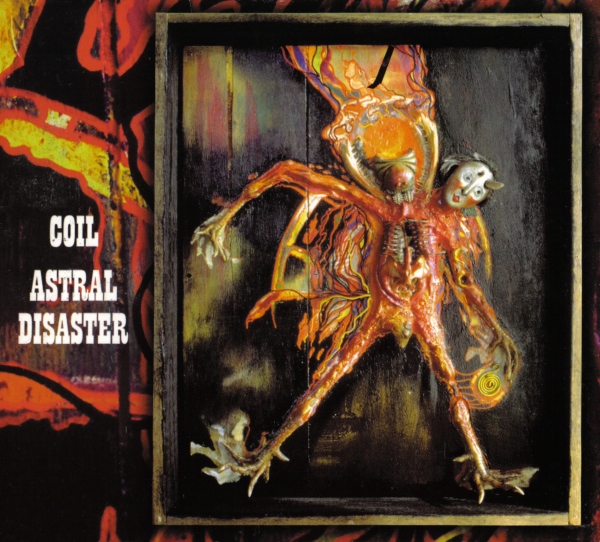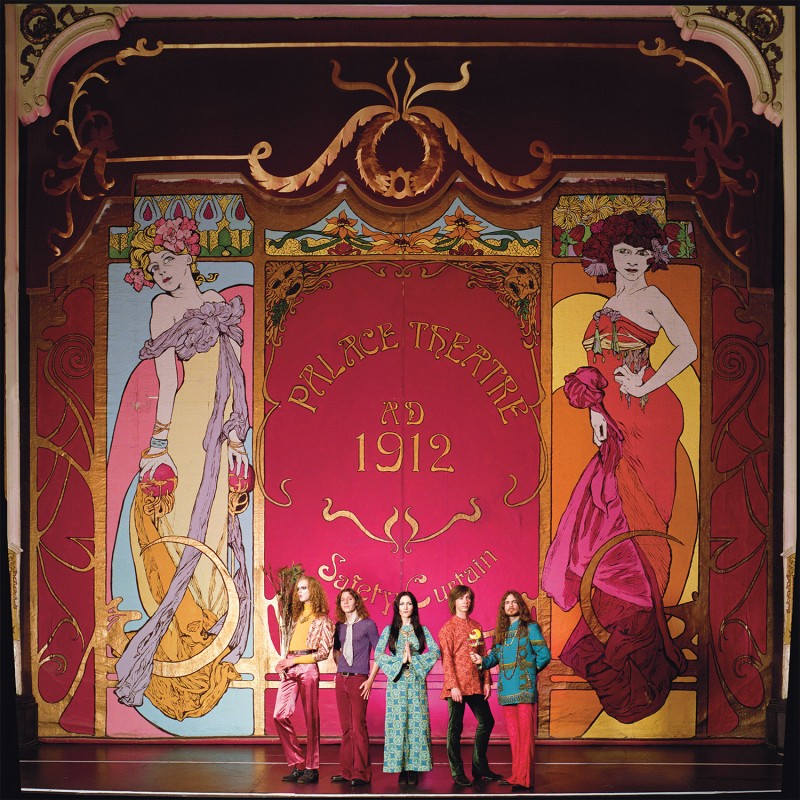 Gather round, kiddies. I hope you are sitting comfortably, because it is time for the second instalment of Story Teller‘s Lovecraftian travelogues. After the first instalment’s gory tale of love and lust between the aristocracy and plant life, I at least had some idea that it wouldn’t necessarily be the child-friendly story of the Marshall Cavendish variety.
Gather round, kiddies. I hope you are sitting comfortably, because it is time for the second instalment of Story Teller‘s Lovecraftian travelogues. After the first instalment’s gory tale of love and lust between the aristocracy and plant life, I at least had some idea that it wouldn’t necessarily be the child-friendly story of the Marshall Cavendish variety.
The opening section sounds idyllic, with a harmonium wheezing as Bruce describes preparations for a road trip for a family of mum, dad and two kids. It all seems fine, but as the harmonium starts to howl and turn darker, so the first seed that something may not quite be right is sown in our minds. We learn more about the protagonist Roy as the side continues, and from different people’s perspectives, while the keyboards and harmonium take on a more sinister turn. Each little chapter has a different point of view, but some of the words are muffled, the distorted cut-up beat-box backing obscuring the odd word — which keeps you leaning towards the stereo to catch every phrase, because you need to know who knows what and who is discussing whom.
At one point, Roy is being persecuted by an overseer and things become heated, while Bjorn’s backing for this section is fluttering and childlike. It is difficult not to think of Arab Strap at certain points (particularly if you see the inner sleeve photograph), but the instrumentation wheezes and parps almost as a counterpoint to the harsh language. The choked, flute-laden drone that appears towards the end of side one is great in its own right, and the music often is left to run when the words are finished for the listener to have a better impression of how it is constructed. Unsurprisingly, things do turn a little dystopian at points and the description of the wrong side of town where the family finds themselves is particularly vivid. As we start to learn of Roy’s plan, the music becomes chaotic and unruly, growling and springing about, a loop of oddness carrying the first side to its conclusion.They arrive at a rendezvous to an industrial technoscape and Roy sounds a little like Jack Nicholson in The Shining. Bruce is able to put a lot of feeling and concern into the voices of the characters without changing his inflection too much, and that is quite a skill. As observers of a particularly dramatic section, the wind is taken out of our sails as it all crumbles before us. The final section, with its rattling progress of the beaten-up rhythm and dripping underpass effect ,causes us to question everything. You will end up listening again to ensure you didn’t miss anything and just revelling in the union of these two great storytellers.
-Mr Olivetti-



